Retinol is all the rage in skincare right now. This superstar ingredient has been used for decades by celebrities to help them stay looking young, but it’s only become available to the mass market fairly recently. In fact, there’s so much buzz about it that it’s hard to know where to begin. I’ve put together this simple guide to help you make retinol a part of your skincare routine so that you can harness the secret to eternal youth.
Disclaimer: this post may contain some affiliate links. When you make purchases through my links, I may earn a small commission at no extra cost to you. Thank you so much for your support!


What is Retinol and why should I use it?
Retinol is a derivative of Vitamin A. It’s an antioxidant that promotes cell turnover to keep skin looking young – in fact, it can actually reverse sun damage and signs of aging.
Everyone over the age of 25 should use retinol because that’s when skin cell renewal begins to slow down. Retinol speeds things up again by making new, healthy skin cells, keeping your face looking fresh and youthful. In addition to this, the increased cell turnover helps to banish pre-existing dark spots, acne scars and fine lines.
Retinol is also a powerful acne treatment and medical-grade products are often prescribed by dermatologists.
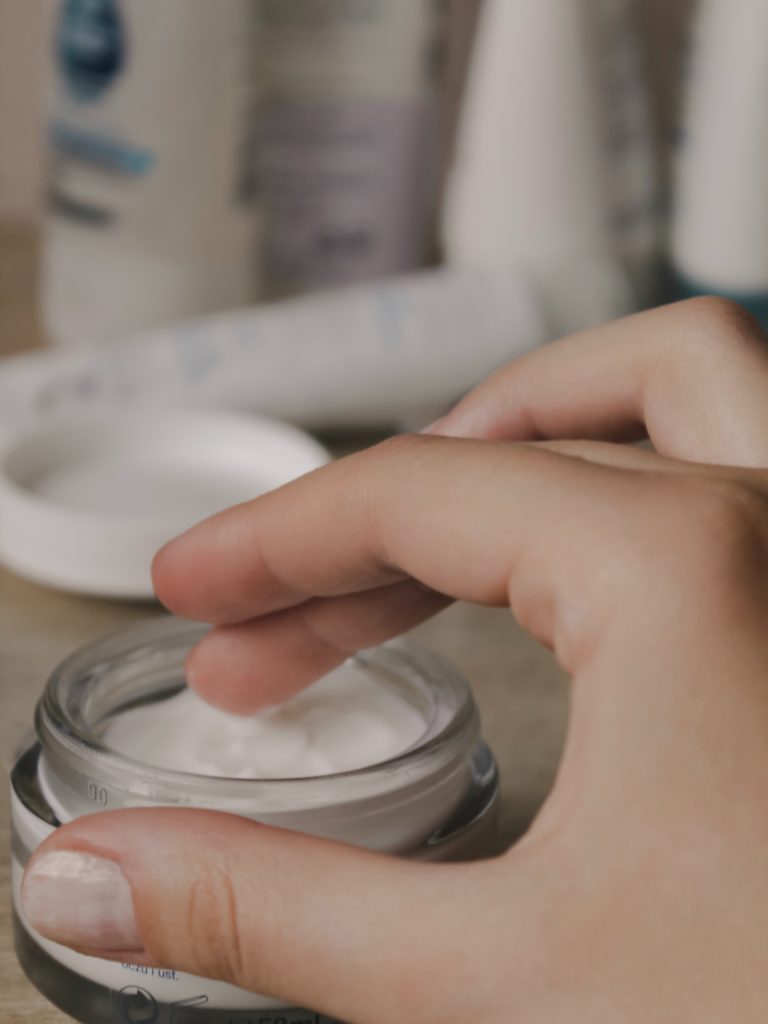

Different types of retinol
Here’s where things get a little confusing. Not all retinol was created equal. Some products are prescription-only, whilst others are available over the counter. So how’s that possible?
There are two main types: retinol and retinoid.
Retinol is an over-the-counter product, which is why so many brands seem to be coming out with retinol skincare lines. Retinol products are milder than retinoids, so they work more gradually. There are different strengths available, usually ranging from 0.25% to 2%.
Retinoids are prescription only, so you’ll need a doctor or dermatologist’s approval to start using these. They work faster, but they can be tough on the skin, especially at first. Again, there are different strengths available.
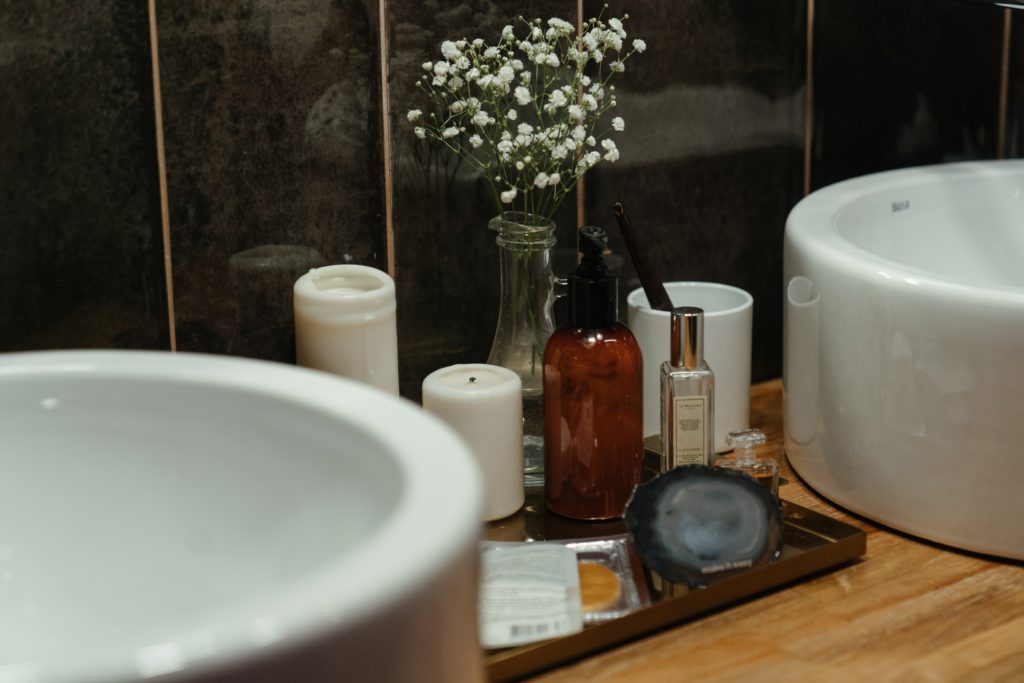
Unless you have severe skin issues, I’d recommend starting with retinol. Retinoids are harsher on the skin and the initial purging process can be nasty. It’s best to start with a retinol product and see how it works for you. There’s always the possibility to move on to a retinoid in the future if you feel it’s necessary. Over-the-counter retinols still deliver amazing results, it just takes a little bit longer. Remember, skin care is a long game, not a quick fix!


Handling “the purge”
The biggest downside of retinol is the infamous “purge.” When you first start to use a retinol product on your face it can cause your skin to become dry, red and flaky for anywhere between two to six weeks. It’s definitely not pleasant, but it’s 100% worth it for the long-term improvement in your skin, and there are steps you can take to minimize irritation:
Apply retinol at night
Retinol is very much a PM product. Sunlight can destabilize retinol and render it less effective, so apply it before bed to get the most bang for your buck. It’s also unclear whether retinol makes your skin more sensitive to the sun. Some experts say that it does, whilst others insist it’s a myth, but apply it at night just to be on the safe side.

Wear sunscreen
The last thing your irritated skin needs is sun damage. Protect your skin with a high-strength SPF, even when you’re indoors. The following products are great choices to keep your skin safe from the sun:
Start with a low-strength retinol
As I said before, most people don’t require a prescription-strength retinoid product for their skin. Retinol works more gradually, but is much gentler. Start with a low strength product to get your skin used to the ingredient and build up a tolerance over time. I recommend starting with an 0.5-1% strength serum and moving onto a stronger formula once you’ve finished the bottle. Here are a few of my favorite retinol products to try:
Start slowly
Retinol is a long game, so build up your tolerance over time. Yes, you could just grit your teeth and keep applying retinol nightly until the purge is over and done with, but it’s also possible to integrate the product slowly into your skincare routine to minimize the adverse effects.
Start by applying your chosen retinol product every other night and see how your skin handles it. If there’s no irritation, you can work up to nightly use. On the other hand, if you experience a lot of irritation, drop down to it 1-2 times per week and slowly build up towards more frequent use.
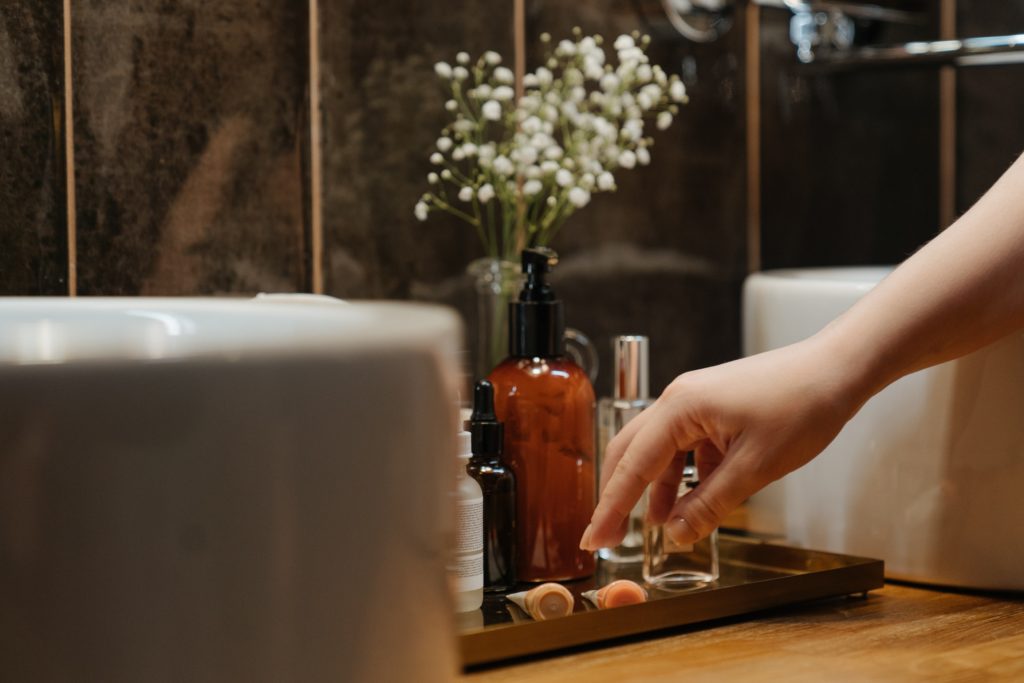
Use a Rich Moisturizer
Retinol can cause even the oiliest of skins to dry out in the first few weeks, so a heavy duty moisturizer is a must for Vitamin A newbies. Here are a few moisturizers that pair well with retinol products:
Moisturize First
Ideally, your moisturizer should go on after your retinol product. However, if you experience a lot of irritation, applying a layer of moisturizer before retinol will help to protect your skin.
Wash it off
If you’re still experiencing irritation, try applying your retinol and then washing it off after 30 minutes. See how your skin handles this and slowly start to increase the length of time the product stays on your face.
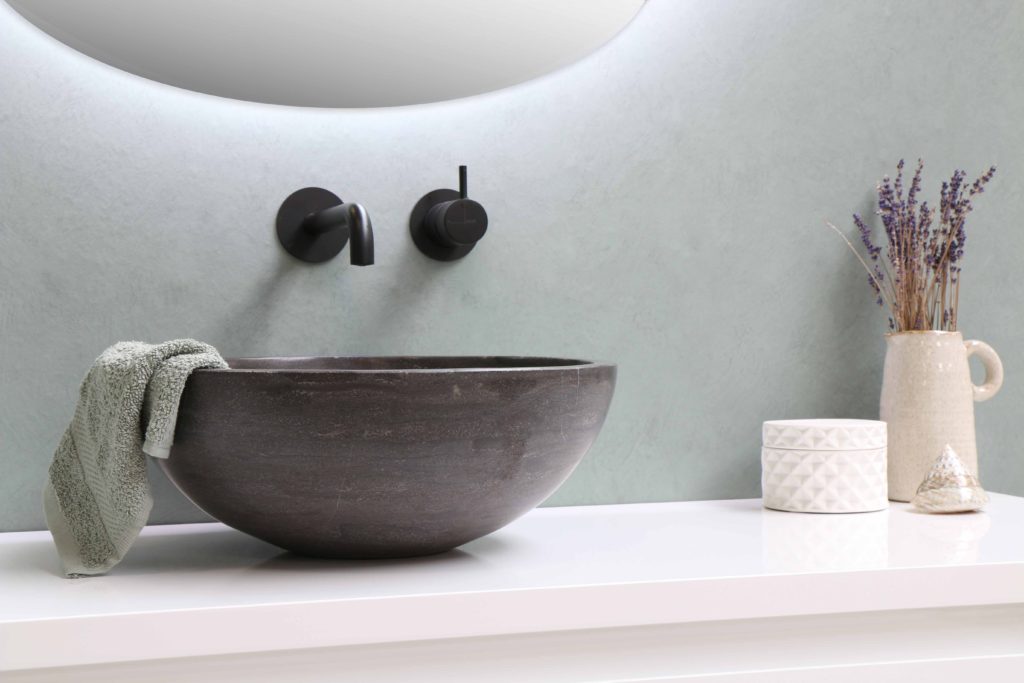
Simplify your skincare routine
We all love powerful active ingredients, but when using retinol it’s best to keep your nighttime skincare routine very simple. Use most of your serums in the morning, or on alternate nights to your retinol products. Don’t use the following ingredients at the same time as retinol:
- Vitamin C
- Chemical exfoliants
- Niacinamide
- Peptides


Retinol Skincare Routine
Here’s what your PM retinol skincare routine should look like:
Step 1 – Cleanse
Wash your face with a gentle cleanser. Try to avoid exfoliating ingredients like salicylic acid – leave that for the morning. Dry your face and wait for five minutes because applying retinol to damp skin is just asking for irritation. Here are some of my favorite cleansers:
Step 2 – Apply Retinol
After five minutes have passed, apply your retinol serum or cream to your face. Avoid your mouth and the delicate skin around your eyes. Don’t worry, just because you don’t apply retinol directly to these areas doesn’t mean they won’t reap the benefits.
Step 3 – Moisturize
Wait for another five minutes to allow the retinol to fully absorb and then apply your moisturizer.


How long until I see results?
Sadly, you can’t expect all of your fine lines to be gone after one application. If only!
It takes a minimum of twelve weeks to see results from retinol, but drastic improvements require long-term, consistent use. The longer you use retinol, the better the results you’ll see.
Now you’ve got the lowdown on retinol, why not check out some other skin care products that deliver amazing results?

 JavaScript is currently disabled in this browser. Reactivate it to view this content.
JavaScript is currently disabled in this browser. Reactivate it to view this content.

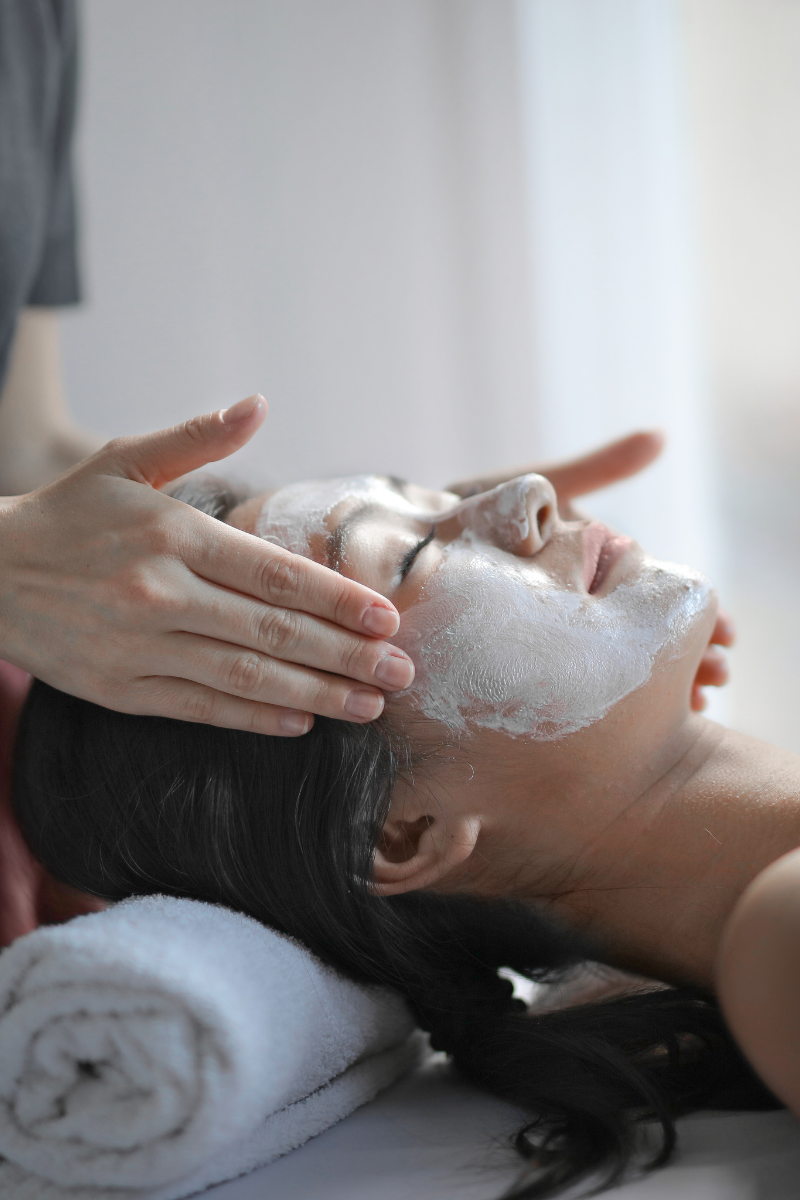
[…] who often experience dryness and sensitivity. Slugging could also be really helpful during the retinol purging process, when the skin typically gets very dry and flaky, sometimes for several […]
[…] has a solution for you. You might have seen me recommend their Ultra Repair cream in my article on how to incorporate retinol into your skincare routine. It’s so thick and nourishing that it really helps skin to handle the retinol “purge”. It’s […]
[…] creams to work hard – moisturizing alone isn’t enough. Many of my favorite formulas contain retinol, a vitamin-A derivative which speeds up cell renewal for younger-looking skin. In addition, […]
[…] more oxygen and vital nutrients. Furthermore, this treatment increases cell turnover, just like retinol. This helps with hyperpigmentation issues, fine lines and acne […]
[…] any harsh ingredients for the next 3-4 days. If you’re a retinoid user like me, skip your treatment for the next few nights. I’m also a die-hard vitamin C fan, but […]
[…] but it can be on occasion – for example, after spending a lot of time in the sun or during a retinol purge – so I save this mask for those […]
[…] lotion and have recently brought out a retinol body cream. I’m yet to try the latter, but since retinol is the gold standard of acne-fighting ingredients, you can color me […]
[…] Retinol/retinoids […]
[…] irritating to the skin than other popular anti-aging ingredients, such as chemical exfoliants and retinols. If you have very sensitive skin and have reacted poorly to AHAs, BHAs and retinols in the past, […]
[…] biggest difference is that you’ll see results right away. Other treatments, such as retinol or micro current facials, take longer to work. It won’t plump your face up as much as dermal […]